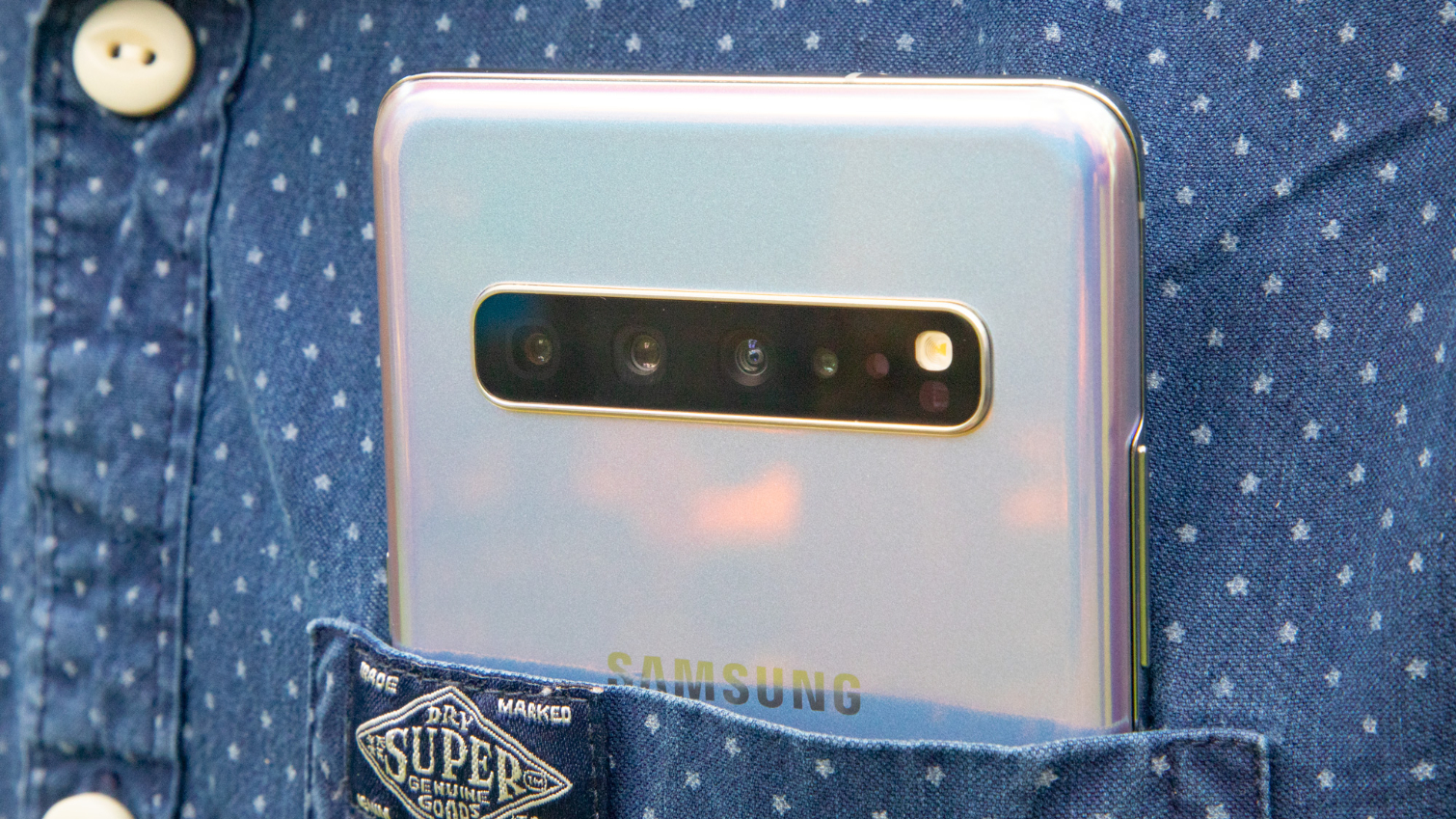Here's How the Galaxy Note 10 Will Fight iPhone 11
An expansion by one of Samsung’s manufacturing partners and a new Twitter leak point to exciting developments for the Galaxy Note 10's cameras.
Up until now, most of the rumors surrounding the Samsung Galaxy Note 10's cameras have talked about how they'll be arranged rather than what the actual lenses are and what they can do. But a pair of recent leaks provide concrete details that should have you paying attention.
And given that the iPhone 11 is supposed to be getting a major camera upgrade — and that the Pixel 4 is around the corner — it's critical that Samsung step up its camera game.

Firstly, it’s possible that a time-of-flight sensor might be appearing on both the basic Note 10 and the Note 10 Pro. This is based on Korean outlet ETNews (via BGR), which reported that component maker MCNEX, which makes Samsung’s fingerprint sensors and cameras, is opening a new 13 billion won ($11.2 million or £8.8 million converted) factory to make TOF sensors.
Samsung has received its TOF sensors from Partron, another component company. But it’s not unreasonable to think that Samsung would call in some extra help to manufacture enough sensors. What can you do with TOF? As we saw in our our Galaxy S10 5G review, it allows for bokeh-effect portraits with more precise separation between the foreground and background. But ToF can also enable better AR experiences.
MORE: Best Camera Phone - Smartphones With the Best Quality
The second piece of news comes from the reliable Samsung leaker Ice Universe. A new tweet from the account says that Samsung engineers from China claim that the Note 10 will have a three-stage variable aperture on its camera. For photo geeks, IU also provides the f-numbers: F1.5, F1.8 and F2.4.
Samsung has already used a two-stage aperture (F1.5 and F2.4) on a 12-MP sensor. This is the main camera that can be found in the Galaxy S9 and S10 series of phones, and it’s one that we have found takes excellent pictures. The addition of a third stage seems like a reasonable decision to make after two years of using the same tech, and would make the camera yet more versatile by giving it additional control over of how much light hits the sensor in a given situation.
Sign up to get the BEST of Tom's Guide direct to your inbox.
Get instant access to breaking news, the hottest reviews, great deals and helpful tips.
Combine this with the rumored ultra-wide, telephoto and previously mentioned TOF sensors that the Note 10 is meant to be getting, and you’ll have a smartphone with a lens for every occasion. Who knows, it might even have the potential to take on the smartphone camera kings like the Huawei P30 Pro.
Meanwhile, the iPhone 11 and 11 Max are both rumored to be getting three rear cameras in an effort to keep up with the competition, though there’s some debate as to whether just iPhone XS Max’s successor will get this feature.
According to Bloomberg, the third camera on the back of the iPhone will help “capture a larger field of view and enable a wider range of zoom. It will also capture more pixels so Apple software could, for example, automatically repair a video or photo to fit in a subject that may have been accidentally cut off from the initial shot.”
Bloomberg says that Apple is also planning an enhanced version of its Live Photos feature, which will reportedly double the length of the video recording before and after still photos from 3 to 6 seconds.
Look no further than our regularly updated Galaxy Note 10 rumor round-up page to get up to speed on all of the latest specs and leaks ahead of the Note 10's rumored August 7 launch event.

Richard is based in London, covering news, reviews and how-tos for phones, tablets, gaming, and whatever else people need advice on. Following on from his MA in Magazine Journalism at the University of Sheffield, he's also written for WIRED U.K., The Register and Creative Bloq. When not at work, he's likely thinking about how to brew the perfect cup of specialty coffee.
